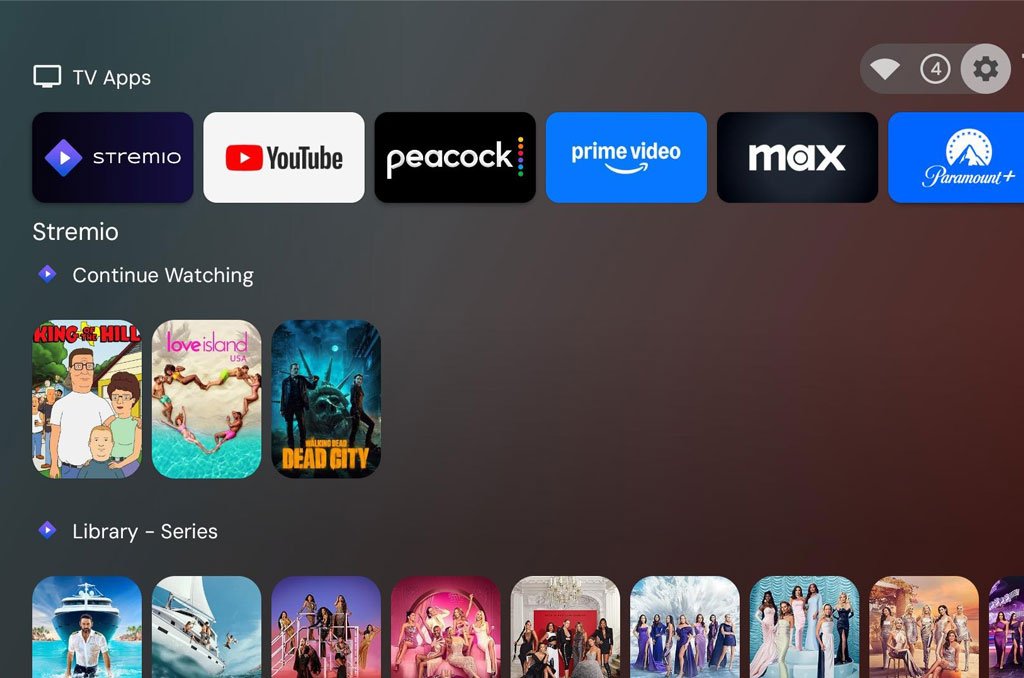Kodi, an open-source media center, offers users an unparalleled level of control
over their viewing experience. With its origins as Xbox Media Player in 2002, it has
grown into a favorite among tech enthusiasts for its adaptability.
One of Kodi’s primary advantages is its free-to-use model. The platform itself
doesn’t charge a subscription fee, making it an attractive choice for
budget-conscious viewers. However, additional costs might arise from setting up
servers or purchasing third-party services.
For users with extensive offline collections, Kodi’s ability to organize, categorize,
and enhance metadata for local files is unmatched. It’s perfect for cinephiles who
prefer owning their content.
In contrast, Prime Video operates as a premium streaming service, providing a
well-rounded selection of on-demand titles. Launched by Amazon in 2006, it has
become a household name for its diverse offerings and seamless integration into
the Amazon ecosystem.
Prime Video’s strength lies in its vast catalog, spanning genres and regions. From
award-winning originals like The Marvelous Mrs. Maisel to blockbuster films, it
caters to a broad audience.
Prime Video’s interface prioritizes simplicity and ease of use. Features like
personalized recommendations, auto-play trailers, and watchlists enhance
engagement. Integrated with Amazon accounts, it simplifies billing and enables
bundled services, such as discounted shipping and exclusive deals.
Subscribers can stream on various devices, including smart TVs, smartphones,
tablets, and gaming consoles. The option to download content for offline viewing
is particularly useful for frequent travelers.
Kodi empowers users to discover content independently. By enabling various
add-ons, you can access niche genres and international programs often
overlooked by mainstream platforms. For example, sports enthusiasts can use
Kodi to stream local games unavailable elsewhere.
On the other hand, Prime Video’s algorithm recommends titles based on your
viewing history. This curated approach ensures you spend less time searching
and more time enjoying quality shows and films.
While Kodi itself is legal, some third-party add-ons enable access to pirated
content. Users must exercise caution and ensure they comply with copyright laws
to avoid potential legal issues.
All content on Prime Video is fully licensed, providing peace of mind for viewers.
The platform’s commitment to legitimate streaming supports creators and
ensures high-quality offerings.
Although Kodi doesn’t require a subscription, its setup can be complex. Users may
need to invest in hardware or technical support for optimal performance.
Prime Video operates on a paid model, either as part of an Amazon Prime
membership or as a standalone service. While this involves recurring costs, the
bundled benefits often justify the expense.
New users may find Kodi’s interface intimidating. Setting up add-ons, managing
repositories, and configuring settings require time and technical knowledge.
With a straightforward interface, Prime Video is beginner-friendly. Signing up,
navigating menus, and finding content are effortless, making it ideal for users of
all ages.
Whether you choose Kodi or Prime Video depends on your priorities. Kodi excels in
flexibility and customization, making it perfect for tech-savvy individuals. Prime
Video, however, offers convenience, exclusive content, and a polished user
experience, appealing to mainstream audiences. By understanding their unique
features, you can select the platform that best suits your entertainment needs.





